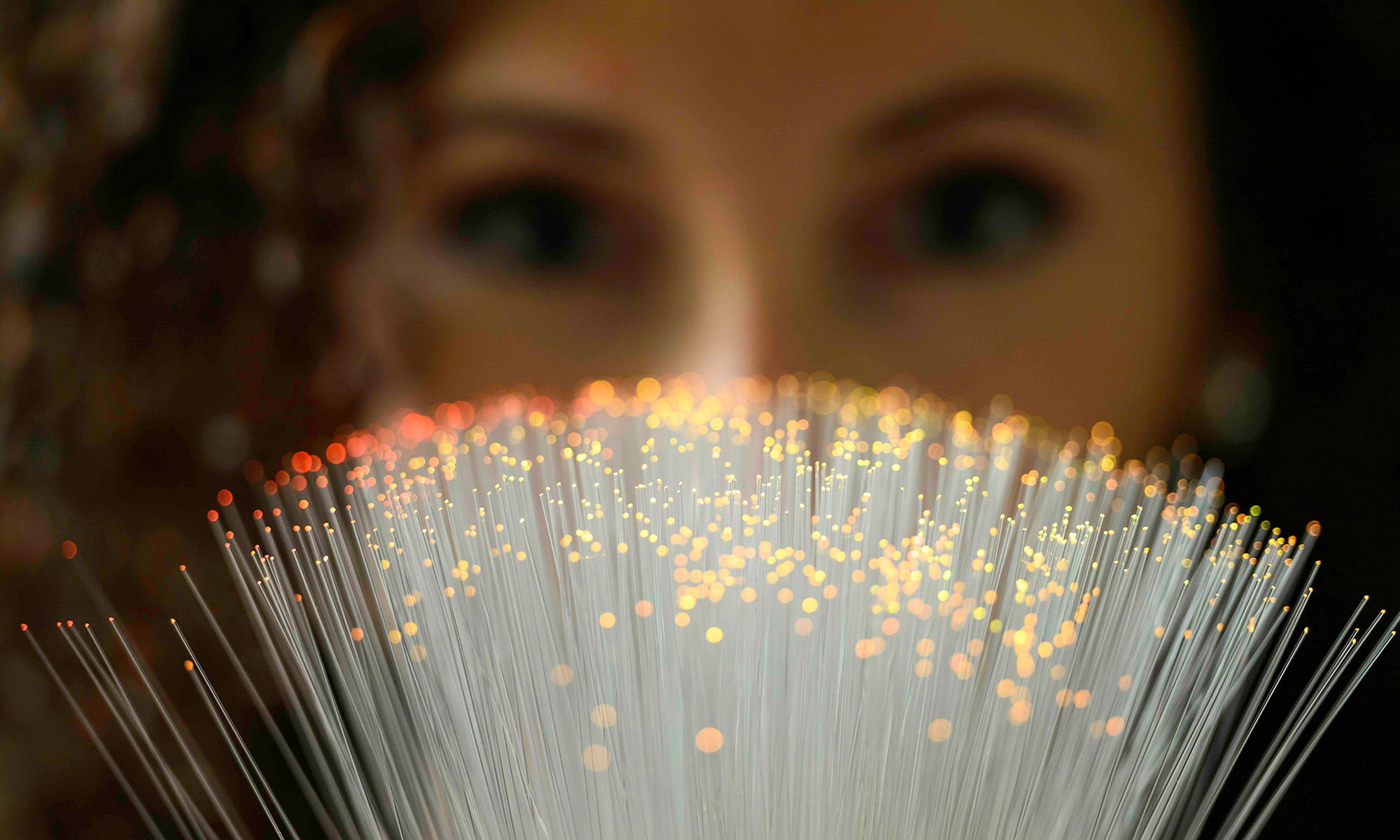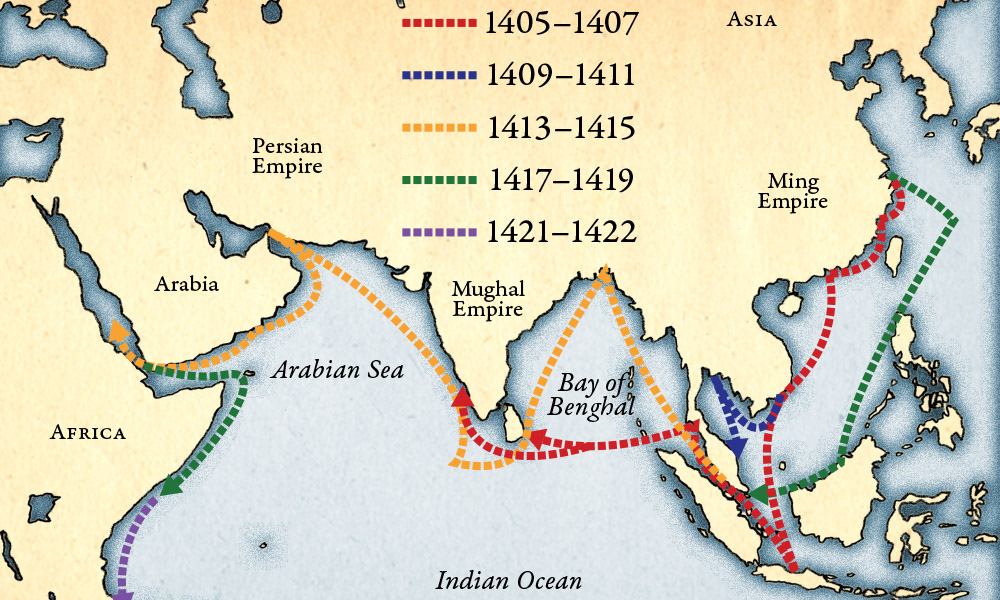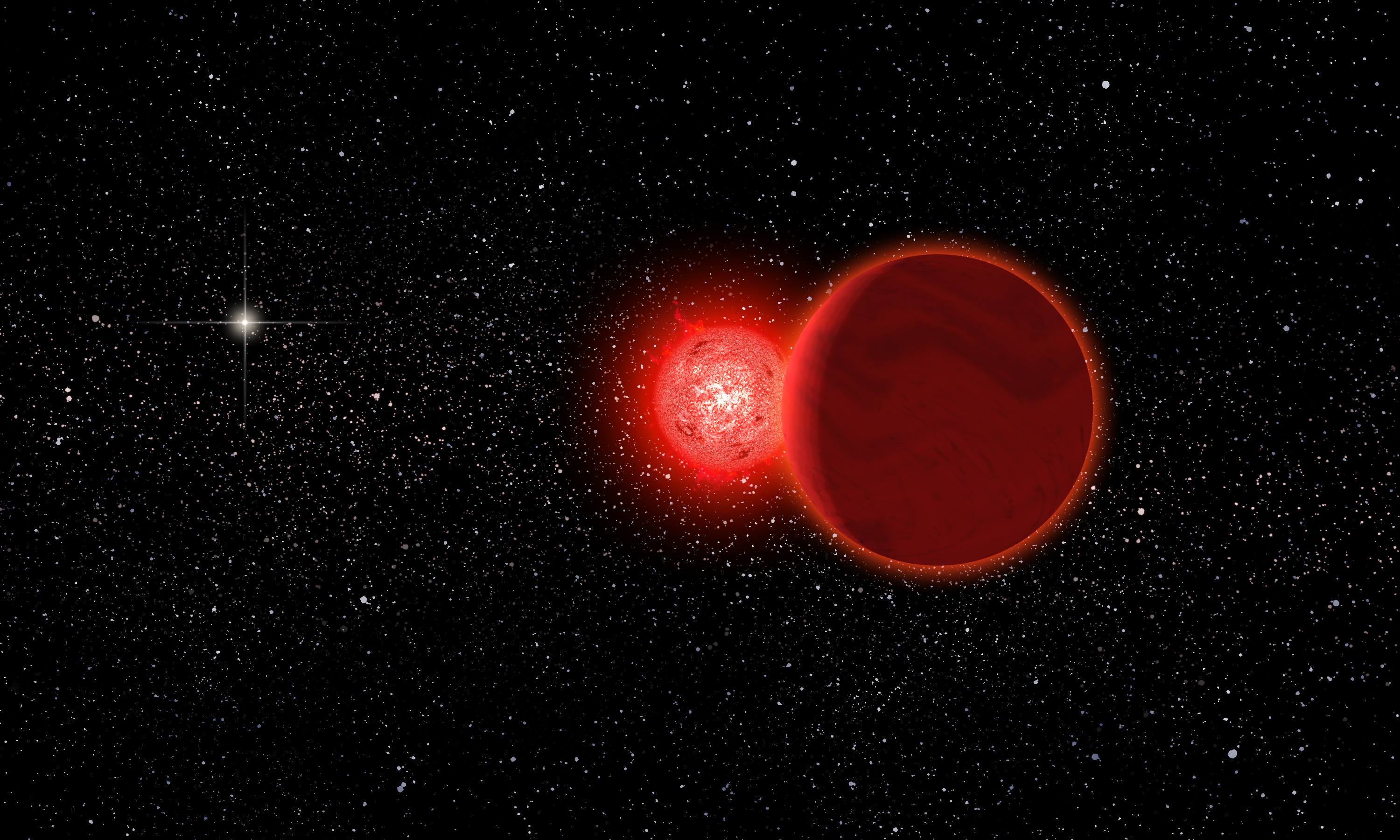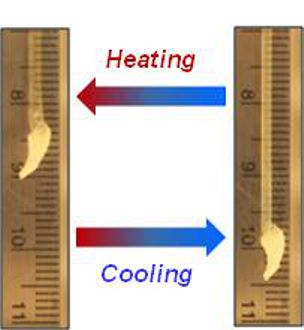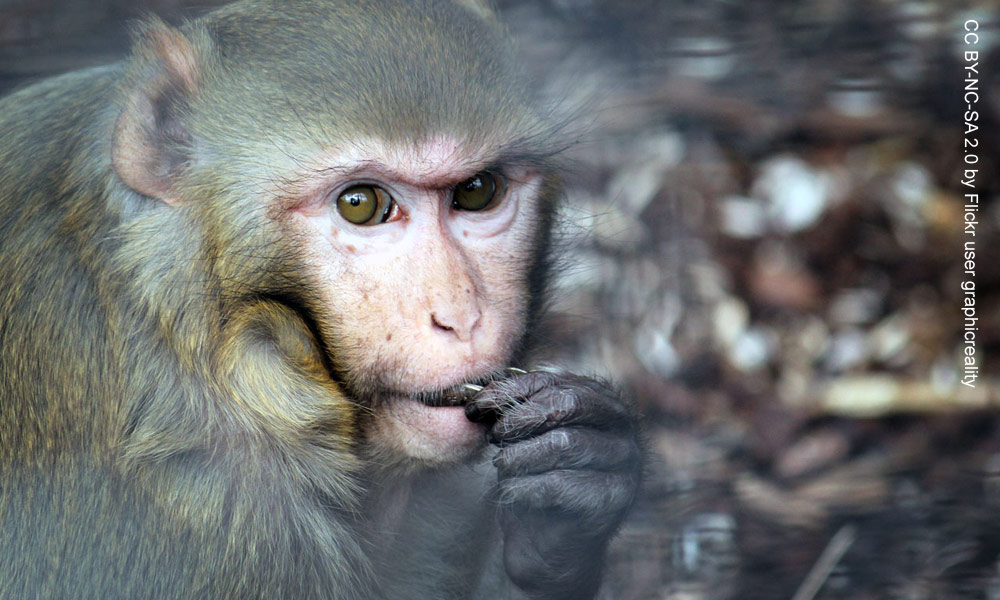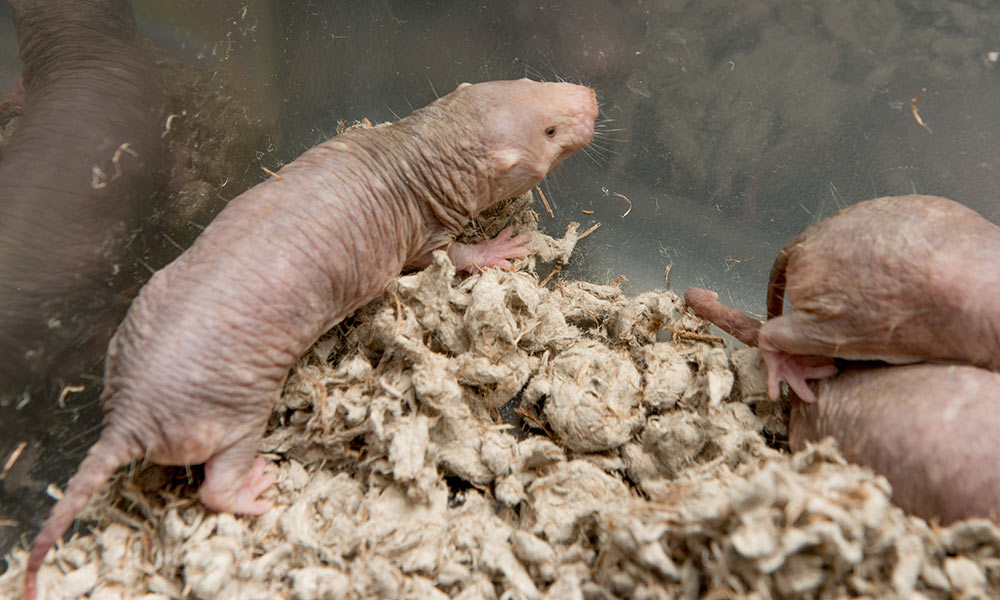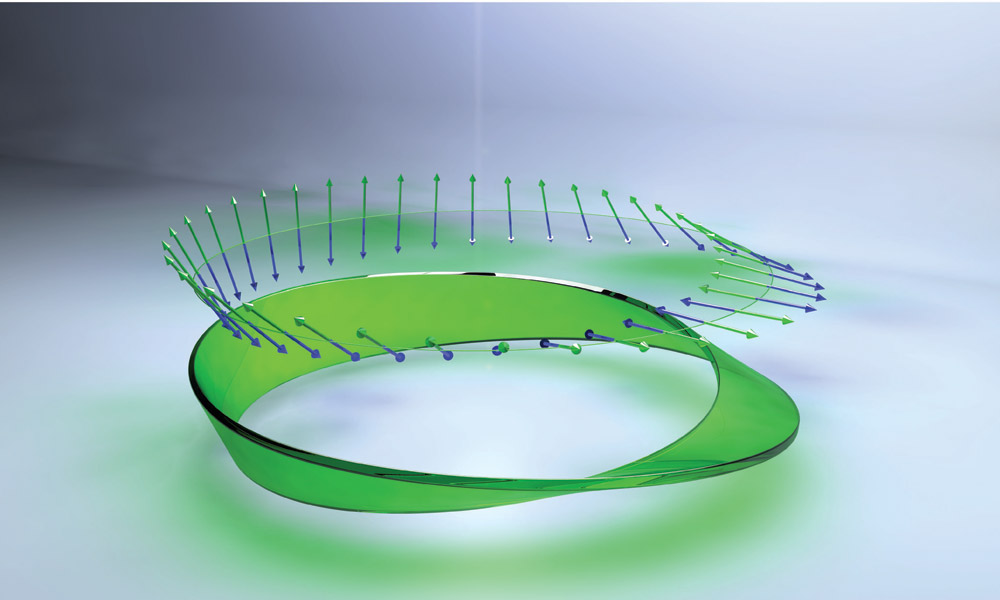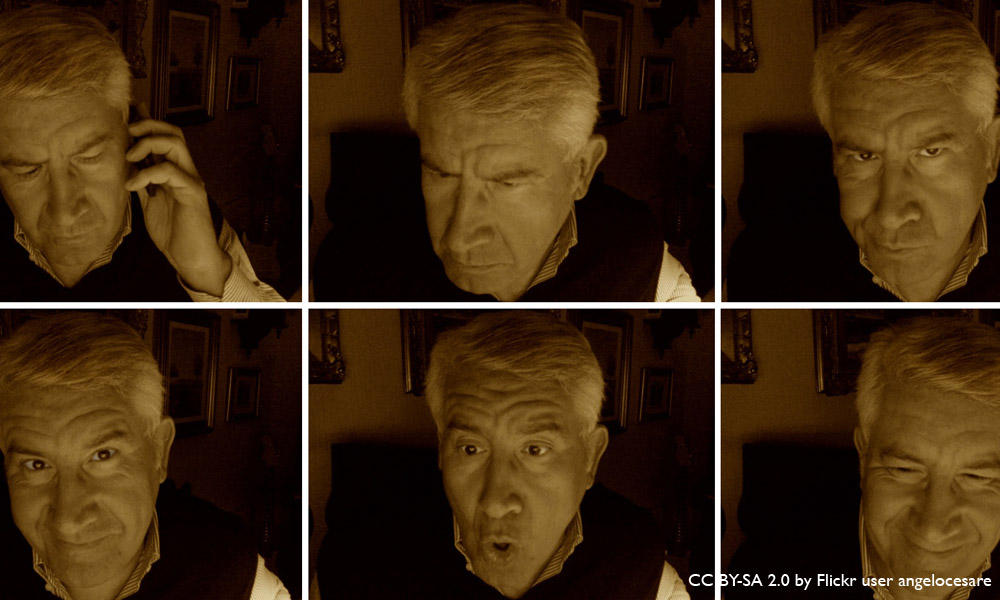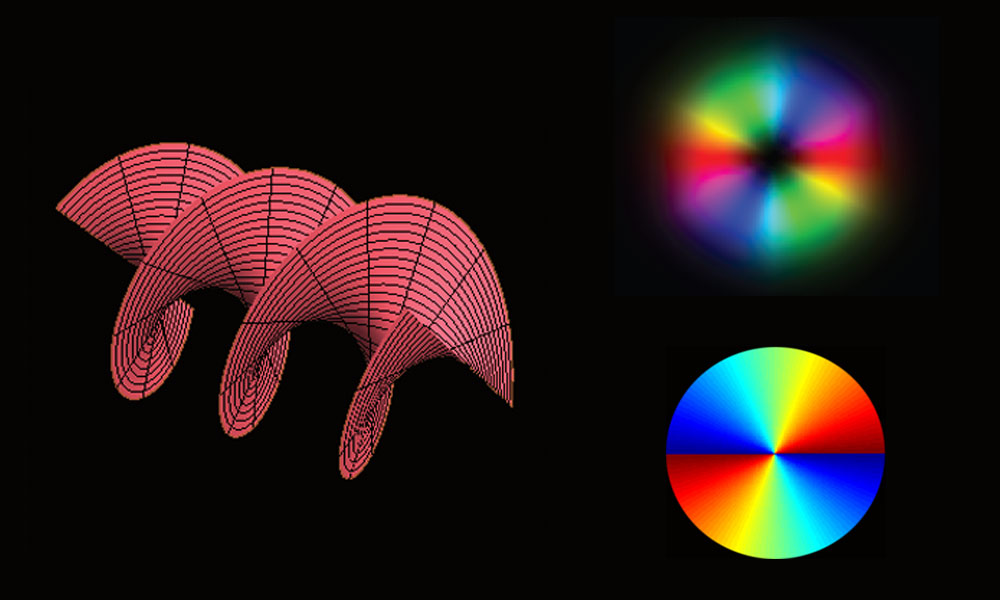
Science & Technology
New approach uses “twisted light” to increase the efficiency of quantum cryptography systems
March 20, 2015
Rochester researchers and their collaborators have developed a way to transfer 2.05 bits per photon by using “twisted light.” The new approach doubles the 1 bit per photon that is possible with current systems that rely on light polarization and could help increase the efficiency of quantum cryptography systems.

